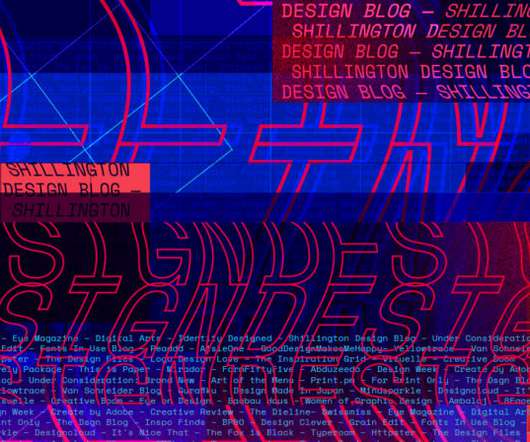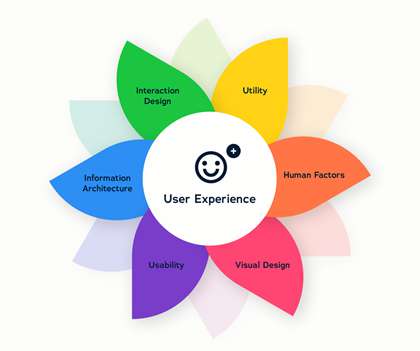50 Best Design Blogs You Have To Read (2020 Update)
Shillington
FEBRUARY 19, 2020
It’s a fine one at that, featuring an array of articles on the theme of UX, with topics including user research, project management and design tooling. Founded by Brazilian designer Fabio Sasso in 2006, it’s particularly strong on 3D work, which is something that doesn’t get much attention from most design blogs. Fonts In Use.















Let's personalize your content